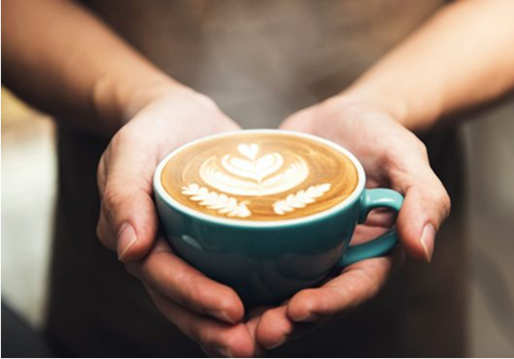
How Water Temperature Affects Coffee: Brewing Science Explained
When it comes to brewing better coffee, most people focus on grind size, brew time, or roast level. But there’s one variable that’s just as important—and often overlooked: water temperature.
Even a few degrees can mean the difference between a bright, balanced cup and something bitter or flat.
In this guide, we break down how water temperature impacts extraction, what the ideal range is for different brew methods, and how Brewista’s tools help you dial it in with precision.
Why Water Temperature Matters in Coffee Brewing
Coffee brewing is all about extraction—pulling flavor compounds from ground coffee into water. Water acts as a solvent, and its temperature affects how quickly and thoroughly those compounds dissolve.
-
Too hot and you risk over-extracting, drawing out harsh, bitter elements.
-
Too cool and you under-extract, leaving your coffee sour, weak, or “hollow.”
That’s why consistent, accurate temperature control is key to great coffee.
What’s the Ideal Water Temperature for Coffee?
The Specialty Coffee Association (SCA) recommends a brewing temperature of 195°F to 205°F (90°C to 96°C). This range strikes a balance: hot enough to extract the full range of desirable flavors, but not so hot that it scorches the grounds.
Ideal temperatures by brew method:
-
Pour-over: 198–202°F (92–94°C)
-
French press: 195–200°F (90–93°C)
-
AeroPress: 175–205°F (80–96°C), depending on recipe
-
Cold brew: Doesn’t use heat—relies on time
-
Espresso: Typically brewed at 195–205°F internally under pressure
Temperature and Roast Level
Water temperature also interacts with roast level:
-
Light roasts: Denser and less soluble—require hotter water (200–205°F) to extract properly.
-
Medium roasts: Balanced solubility—work well in the standard range (195–202°F).
-
Dark roasts: More porous—extract easily. Slightly cooler water (195–198°F) helps avoid bitterness or ashiness.
Adjusting your kettle temp based on roast is a simple but powerful upgrade to your brew game.
The Problem with “Just Off Boil”
Many guides say to brew with water that’s “just off boil.” That’s a rough estimate—boiling is 212°F (100°C) at sea level—but this approach lacks consistency.
Altitude, ambient temperature, and kettle type all affect how hot your water really is. Without precise control, you risk guessing your way into an unbalanced brew.
Why a Variable Temperature Kettle Changes Everything
This is where tools like the Brewista Artisan Gooseneck Kettle come in. With precise temperature control down to the degree, you can:
-
Match temperature to bean roast and origin
-
Experiment with recipes and extraction profiles
-
Repeat your perfect cup every time
-
Improve pour-over control with a precision spout
Whether you’re dialing in a new single-origin or comparing multiple roast levels, temperature control gives you an edge.
Quick Brewing Tips
-
Always preheat your kettle and brewing gear to maintain stable temps.
-
If using a standard kettle, let water sit 30 seconds after boiling to drop closer to 200°F.
-
Use a thermometer or variable kettle for accuracy.
-
Keep a brew journal—log temperatures that work best for your favorite beans.
Final Sip
Brewing great coffee isn’t guesswork—it’s science. And water temperature is one of the most important variables you can master.
By paying attention to just a few degrees, you can unlock richer flavors, better balance, and a deeper understanding of your coffee. Brewista kettles give you the tools to take control of that process—every cup, every time.